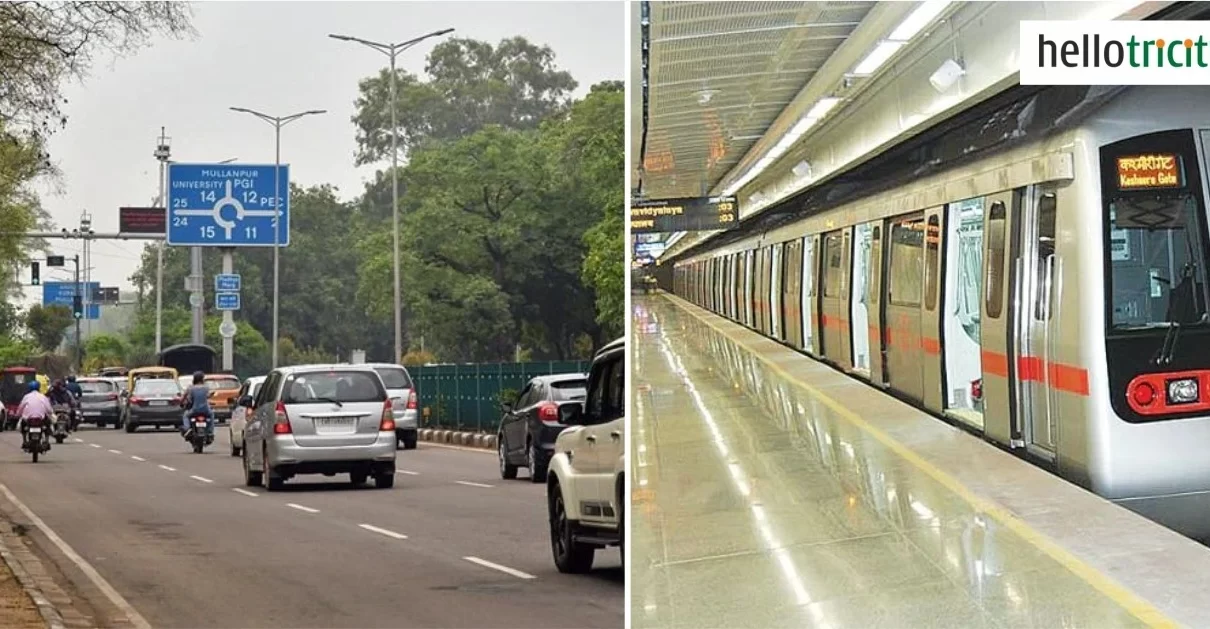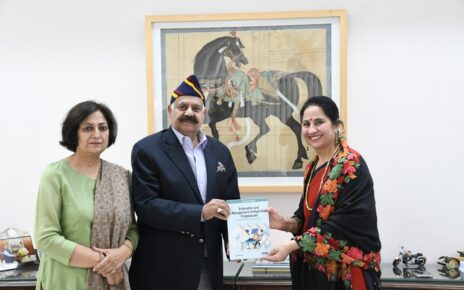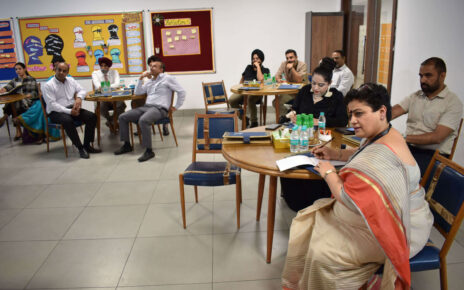In Chandigarh, the proposed underground Metro project has received clearance from the Union Ministry of Housing and Urban Affairs. The project involved building underground metro routes in the city’s historic districts. This choice is in line with the suggestions put out by the UT Administration to protect Chandigarh’s architectural heritage.
A ruling by the Supreme Court requires the preservation and conservation of the city’s legacy, especially Sectors 1 through 30. To preserve the planned architectural integrity of the city, the subcommittee of the Chandigarh Heritage Conservation Committee has also argued in favour of a fully subterranean Metro system. The UT Administration communicated this decision to the ministry, which requested a detailed report for final approval. This report has since been submitted.
Opting for underground corridors has predicted the budget to go up by almost Rs 8,000 crore, hence driving the whole expenditure up by about Rs 19,000 crore. The whole estimated cost of the Metro project is according to the Rail India Technical and Economic Services (RITES) report of Rs 11,000 crores. Where Haryana and Punjab’s contribution will be at 20% in the funding plan, whereas the Central government’s share stands at 20%, with a lending agency offering 40% according to the funding plan.
A senior UT officer mentioned that while the ministry has approved the underground Metro project in the heritage sectors, the official minutes of the meeting are still awaited. The proposal is also in line with the Chandigarh Master Plan 2031, which emphasizes the importance of maintaining the city’s heritage status by keeping the Metro line underground within the sectoral grid.
As per UNESCO guidelines, the Metro section connecting the Capitol Complex and Sukhna Lake requires a heritage impact assessment. The alignment within the sectoral grid also needs the approval of the Chandigarh Heritage Conservation Committee (CHCC).
RITES’ Alternative Analysis Report (AAR) for Phase I of the Metro project outlines three corridors spanning Chandigarh, Mohali, and Panchkula. While the Madhya Marg corridor in Chandigarh’s heritage sectors is proposed to be entirely elevated, the other two corridors will be predominantly elevated with some underground sections.
The decision to keep the heritage sectors’ Metro line underground underscores the administration’s commitment to preserving Chandigarh’s unique architectural and cultural heritage.
The Unified Metro Transportation Authority (UMTA) meeting on December 18, 2023, had requested the Central Government to decide whether the project should have elevated or underground sections. RITES submitted a report to the UT Administration on December 28, addressing the increasing traffic congestion in the Tricity and future traffic requirements.
As per the guidelines of the Central Government, the UT Administration is determined to involve all parties in preparing the detailed project report for the Metro, including Haryana and Punjab. The main target of such an approach is to ensure that the project for Metro is completed while maintaining the aesthetic value of Chandigarh’s heritage.




